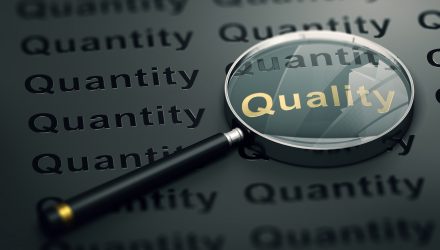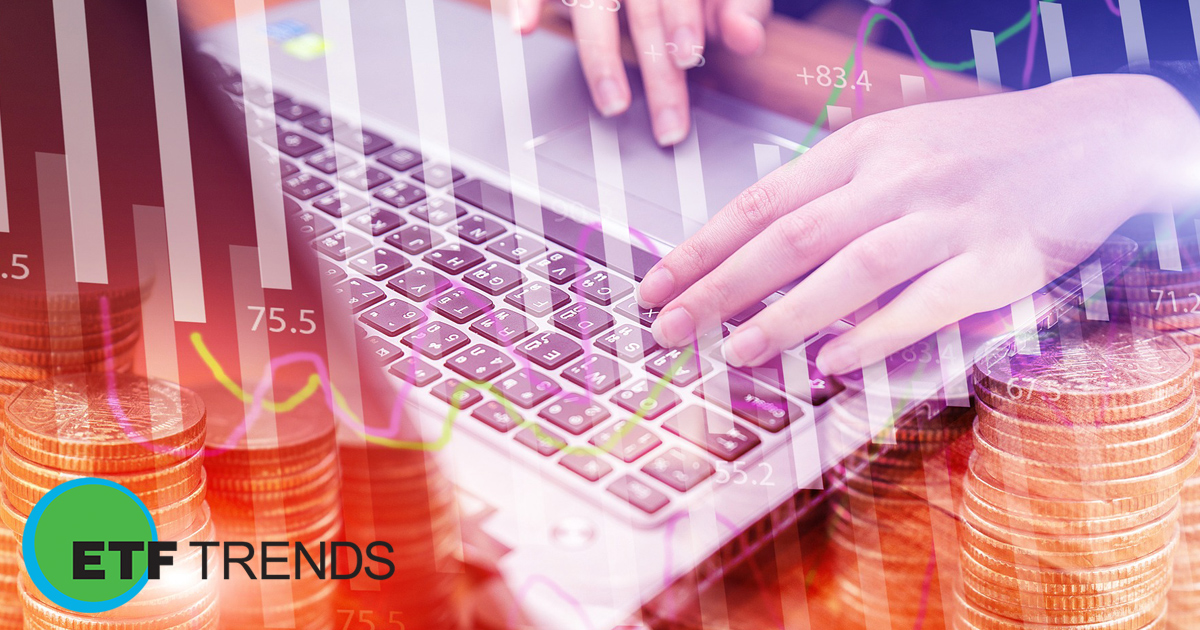
By Kostya Etus, CFA, CLS Investments
Everyone loves high quality! How could they not? The word “quality” is synonymous with “good,” and in almost all fields of human endeavor, high quality is viewed more favorably than low quality. When you go looking for a new car, do you ask for a low-quality one?
But quality investments are particularly important during volatile and unpredictable markets. The reason is simple: higher-quality companies have more confident management, which may have a greater ability to weather market downturns. These companies typically provide increased stability and have the potential to outperform over time as they tend to have higher profitability, stronger balance sheets, and consistent earnings growth.
But don’t take my word for it. There is a lot of empirical evidence and many academic studies emphasizing the benefits of quality investments. Here are a few of my favorites:
- Robert Novy-Marx, June 2012, “The Other Side of Value: The Gross Profitability Premium”
- Max Kozlov and Antti Petajisto, January 2013, “Global Return Premiums on Earnings Quality, Value, and Size”
- Cliff Asness, Andrea Frazzini, and Lasse Pederson, October 2013, “Quality Minus Junk”
- Jeremy Grantham, GMO, April 2010, “Playing With Fire”
- Chuck Joyce and Kimball Mayer, GMO, June 2012, “Profits for the Long Run: Affirming the Case for Quality”
- Aye M. Soe, S&P Indices Global Research and Design, July 2010, “Is High Quality Always Better?”
- Brian Smith, Atlanta Capital, March 2010, “The Third Dimension: An Investor’s Guide to Understanding the Impact of ‘Quality’ on Portfolio Performance”
So, how can you add quality to your portfolio? Through the power of ETFs, we can play quality in various ways. The choice is yours as to which flavor suits you best.
Traditional Quality
iShares Edge MSCI U.S.A. Quality Factor ETF (QUAL), launched in 2013, selects companies based on high return on equity (ROE), stable earnings growth, and low financial leverage (debt/equity). Initially, it was the purest play on high quality in the entire ETF universe, and it had a very competitive 0.15% expense ratio. In 2015, it changed its index to incorporate sector neutrality to reduce active risk. Research has shown that sector neutrality in quality and value factors may result in stronger returns over time, but that may be a function of diversification. Ultimately, going sector neutral dilutes factor purity. Nonetheless, the strategy has been widely favored and has amassed an impressive $9.4 billion in assets under management (AUM).
Invesco S&P 500 Quality ETF (SPHQ), launched in 2005, is one of the more tenured high-quality equity ETFs. But, following the successes of QUAL, its methodology changed to a more simple quantitative process in 2016, similarly defining quality through ROE, lower accruals (earnings quality), and low financial leverage. Additionally, the expense ratio was cut in half to match QUAL. But sector neutrality was never implemented, leaving it a purer version of quality but with some hefty sector tilts.
Quality at a Reasonable Price
In early 2018, investors were looking for a solution to a problem. Volatility had reared its ugly head and quality investments were desired, but they were too overvalued. Quality tends to trade at a premium because you get what you pay for with quality products, but valuations had reached excessive levels. So, in comes quality version 2.0 with the launch of Xtrackers Russell 1000 U.S. QARP ETF (QARP). QARP invests in quality companies that trade at reasonable valuations. This is not an original idea. In fact, Warren Buffett, a hometown hero in CLS’s home city of Omaha, Nebraska, likes to employ this type of investing strategy in his own Berkshire Hathaway portfolio, famously noting “It’s far better to buy a wonderful company at a fair price than a fair company at a wonderful price.” At a reasonable expense ratio of 0.19%, QARP has just passed $100 million in assets.
Note the pronunciation for QARP is “kwarp,” while “carp” is a low-quality fish.
Wide Moat
One of the more intriguing plays on quality is the VanEck Vectors Morningstar Wide Moat ETF (MOAT). While quality is traditionally associated with lower risk, this fund is riskier than others, which is partly due to its more concentrated allocation at 40-50 holdings (double its original methodology of only 20 holdings). Security selection is based on the most attractively priced companies with sustainable advantages (wide moats to competition), according to Morningstar’s equity research team. These monopolistic companies are then equal weighted, creating a high-tracking-error, quasi-active portfolio. The active nature also explains the more expensive 0.49% expense ratio. This portfolio is great for investors seeking ETFs that feel active but maintain a sound and consistent process.
Dividend Growers
You can’t grow dividends without consistently growing earnings, making dividend growth a characteristic that defines quality in companies. Note that growers are very different from high-dividend yielders, which are often lower-quality companies. Vanguard Dividend Appreciation ETF (VIG) dates back to 2006 and is the largest and most liquid ETF that invests in growers, with close to $40 billion in AUM. The fund emphasizes companies that have consistently grown their dividends for the past 10 years. And, of course, it wouldn’t be Vanguard without a dirt cheap expense ratio of 0.08%.
If you want to spice it up a notch, ProShares S&P 500 Dividend Aristocrats ETF (NOBL) includes companies growing dividends for at least 25 years and then equal-weights them. This leaves a more concentrated portfolio of fewer than 60 holdings.
ESG
ESG stands for ‘environmental, social, and governance.’ It is a type of social investing that utilizes an inclusionary methodology to select companies exhibiting favorable traits in these three categories. As it relates to quality within companies, the G (governance) is most important. Governance represents stewardship for shareholders, which is achieved through strong company leadership, transparency, and accountability. ESG investing aims to avoid the risks of companies being subject to lawsuits based on these factors (think Enron). One example of good governance is having a diversified board of directors made up of independent members who can evaluate the company’s management without bias.
The largest and most liquid ETF in the ESG space is iShares MSCI KLD 400 Social ETF (DSI). It is also the oldest. Launched in 2006, it has grown to $1.3 billion in assets and has a recently reduced expense ratio of 0.25%. Investing in such a fund can help investors attain quality exposure with the potential to outperform over the long term while also doing good for the world. You can finally have your cake and eat it too!
In conclusion, research shows that high-quality investments behave just like any high-quality consumer product. They tend to provide consistent results for the long run. In today’s volatile market environment, they may be a good addition to a diversified portfolio, and ETFs offer a great variety of quality flavors to choose from.
Kostya Etus, CFA, is a Senior Portfolio Manager at CLS Investments, a participant in the ETF Strategist Channel.
This information is prepared for general information only. Information contained herein is derived from sources we believe to be reliable, however, we do not represent that this information is complete or accurate and it should not be relied upon as such. All opinions expressed herein are subject to change without notice.
0263-CLS-3/4/2019

